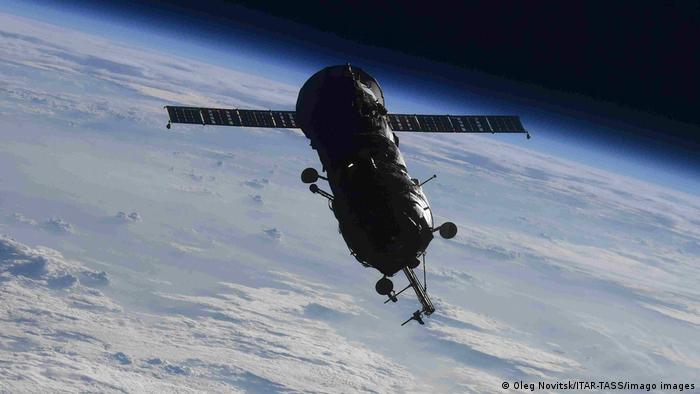According to space specialists speaking at the 14th European Space Conference last week, a bird’s eye perspective of the Earth might identify the causes driving the climate catastrophe.
Alexander Gerst, a German astronaut, was taken aback the first time he launched into space. He’d seen satellite images of Earth before, but nothing compared to the genuine thing.
When he saw the Earth for the first time with my own eyes, and all of a sudden, this vast, giant globe that he assumed was limitless, maybe with unlimited resources or things like that, seemed dauntingly little in the light of infinity’s darkness. As a result, he began to perceive the Earth in a new light.
From May to November 2014, Gerst was a member of International Space Station (ISS) Expedition 40 and 41. In June 2018, he returned to space as part of Expedition 56 and 57.
He stated flying to space for the first time was eye-opening, as geophysicists, he know precisely how big the Earth is and how thick the atmosphere is. He thought he knew everything.
Gerst, speaking at last week’s 14th European Space Conference, said that by taking a step back and looking at the “issue from the outside,” space exploration may give a solution to the climate crisis.
Space Money Spent on Innovative Technologies
While space exploration requires a significant amount of money from the EU budget, Gerst believes it is worthwhile.
According to him, the advantages of technology created to enable space travel are not limited to preserving human life in space.
Gerst said that they researched how plant roots knew which way to develop on the space station. This subject is being intensively explored in order to produce plants with roots that can grow faster in order to locate water deep in dry soil.
According to European Space Agency (ESA) Director General Josef Aschbacher, more than half of the climatic indices – such as sea surface temperature, glacier melting, polar ice cap melting, and sea level rise – are monitored in space.
He added he wouldn’t know the amount of climate change if it weren’t for satellites. Aschbacher said that without this knowledge, it would be impossible to formulate and execute climate-related choices.
We are simply eyewitnesses to everything.
During a virtual chat with European Commission President Ursula von der Leyen from orbit last week, German astronaut and materials scientist Matthias Maurer, who is now on a six-month SpaceX research mission, emphasized the many climate change-related elements visible from space.
Maurer said they can observe sliced and burnt forests, drought, and lakes that used to be on maps while flying 400 kilometers above the world and circle Earth 16 times a day.
We can also observe that human mining leaves many scars on the surface of our planet, he said.
According to Maurer, they may also witness natural disasters in real time, such as the recent floods in Brazil or the eruption of an undersea volcano in Tonga.
He went on to say that the Copernicus Earth observation fleet gives data that policymakers may use to make decisions.
The European Union’s Earth monitoring program is known as Copernicus. It provides information services based on satellite and non-space data.
Maurer flew aboard the SpaceX Crew Dragon Endurance spacecraft in November of last year on a mission to increase scientific understanding and test new technologies for future human and robotic exploration missions.
